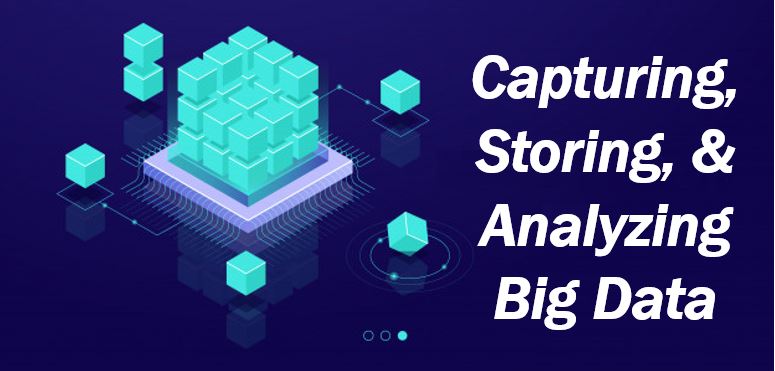The rise of in-memory computing has led to a disruption in the tech industry because the technology allows for the effective management and processing of big data. Organizations need to take a new approach—and infrastructure—to data processing if they are to tap into the full potential of this data.

Rethinking the way big data is captured, stored, and analyzed should be the philosophy of every business since traditional tools cannot effectively handle quickly generated data with a magnitude that’s never been seen before the dawn of big data.
In-memory data grid capabilities have shown great promise in addressing the challenges of big data while remaining relatively cost-effective. For this reason, an in-memory data grid is a common platform for businesses because it uses a distributed cluster for increased speed, capacity, and availability. It processes data nodes against the full dataset to allow for amounts of data that go beyond the amount of memory.
This is more commonly referred to as “persistent store,” and systems that have this capability can provide immediate performance even after a full system reboot since data is optimized to reside on both disk and memory. Distributed data can also be stored on multiple servers, and an in-memory data grid allows each server to operate in active mode. This ensures flexibility and scalability that is important for any organization, especially ones undergoing a digital transformation.
Common data-heavy tasks
Below are common data-heavy tasks that can leverage the power of memory-based solutions like in-memory data grids.
Predictive analytics

Based on current and historical data, predictive analytics predicts future outcomes to help businesses prepare for potential issues or preemptively address them. Recent demands for effective data analytics have intertwined the concept of predictive analytics with machine learning, so much so, that they often work together in a number of business systems.
Machine learning is used for data modeling because it can process huge amounts of data accurately and recognize patterns within the data.
Stream analytics
Stream analytics primarily handles new or real-time data as is “streams” through the system. It works with data flows and does no complex analytical tasks; the main objective of stream analytics is presenting users with up-to-date data in real-time, keeping the information updated as it changes through time. Data can also be stored in multiple formats on multiple platforms, streamlining the aggregation, filtering, and analysis of data.
Data virtualization
This process involves the integration of data from a variety of sources without copying or moving the data. This makes access to data faster and easier because data is found in a single virtual layer that encompasses several applications and physical locations. It’s one of the most commonly used solutions because it enables data retrieval without having to set technical restrictions.
Distributed storage
This system allows data to be split between several physical servers, and even across data centers. Infrastructure is typically made up of a network of storage units that feature a tool for data synchronization between cluster nodes.
Distributed file stores also contain replicated data to avoid node failures and corruption of data sources. Data replication also helps ensure low latency on large computer networks to provide quick access to data.
Why In-memory is ‘In’
As big data becomes mainstream, the tools that make data useful in the improvement of operational efficiency also become common tools of the trade. Real-time data provides useful insights that help in decision making and risk management. However, the main draw of the in-memory data grid and other memory-based solutions is its capability for clustering. This allows for the provision of essential features like data replication, data synchronization, high availability, and fail over.
Big data is complex, fast-moving, and huge, but it may very well be the future of analytics in business. As it plays a major role in many aspects of business in a variety of industries around the globe, its prevalence now is a preview of things to come. The bright future of big data and in-memory computing indicates a brighter future for businesses in general. Memory-based solutions have shown how it can do wonders for business, and further innovation points to improved benefits and use cases for the IT industry and beyond.
Video – Artificial Intelligence
Interesting related article: “What is Machine Learning?“

